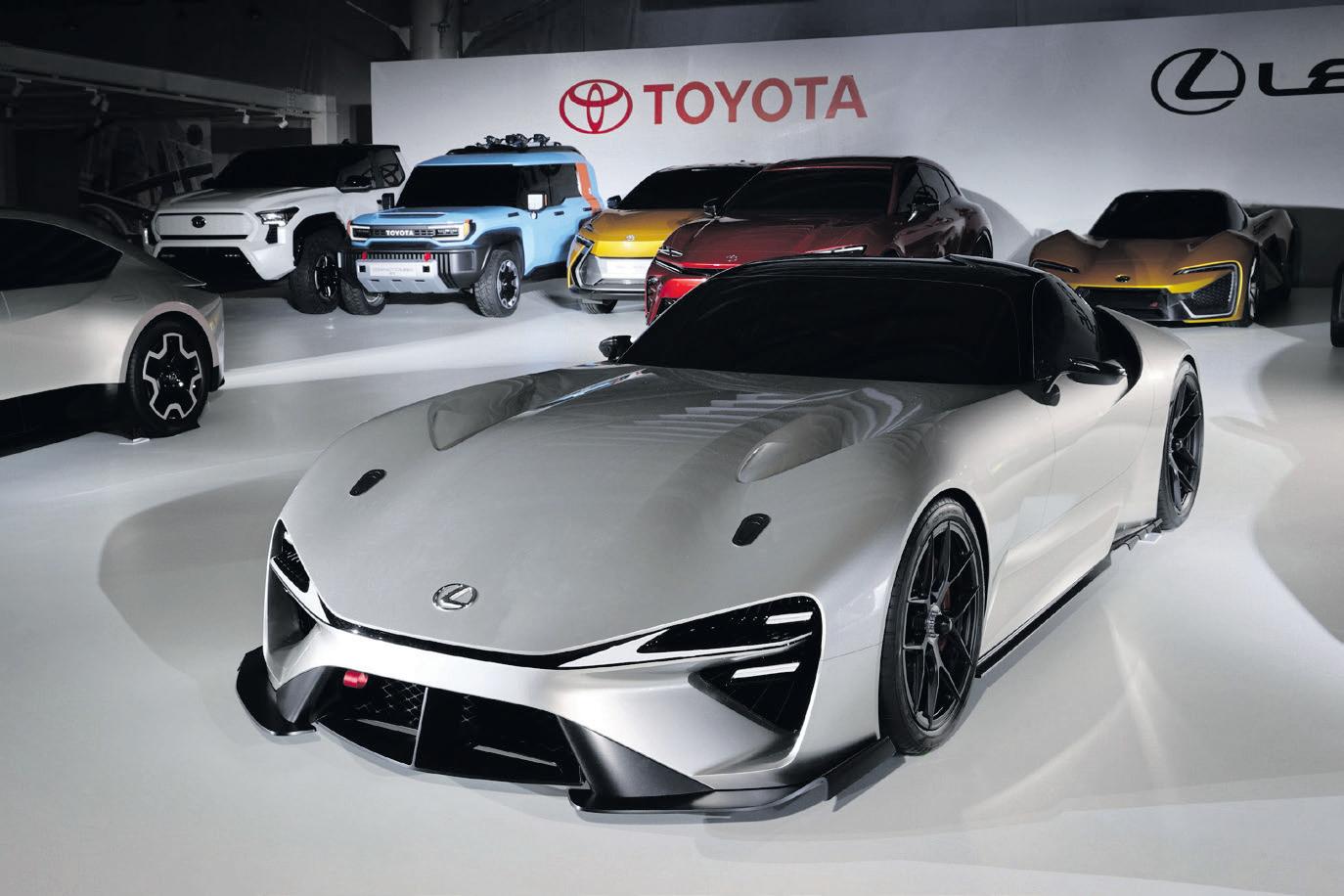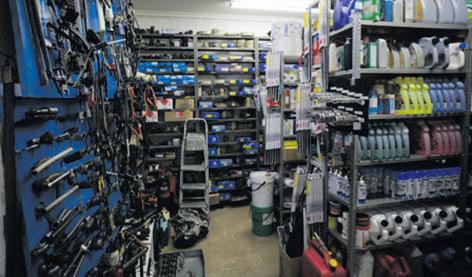
3 minute read
Google is bringing YouTube, Games, Zoom to in-car screens
Soon, you’ll be able to view The Northern Rivers Times Website on the Polestar or Volvo’s in-dash entertainment system while parked.
By JEFFREY GIBBS
Google is now looking to expand the capabilities of Android Automotive, allowing drivers to watch YouTube videos, make video calls, and even play games in their vehicles. The technology giant has announced that Polestar and Volvo will soon be offering YouTube support to their latest cars, although drivers will only be able to watch videos when the car is stationary.
Google is also adding Zoom, Microsoft Teams, and Cisco Webex – although only in audio-only form, given the lack of driver-facing cameras in most cars. Waze mapping will also be made available in the Play Store, providing an alternative to Google Maps.
Finally, a range of games will also be available to download, although again, only when the car is stationary. Google is taking driver distraction seriously with its
Toyota Planning 10 Electric Vehicle Releases by 2026, Including Sports Car and Ute
Toyota has committed to launching 10 electric vehicles (EVs) by 2026, aiming to sell 1.5 million of them globally.
By JEFFREY GIBBS
Toyota CEO Koji Sato recently revealed this information in a briefing about the company’s financial results for the 2023 fiscal year. He additionally released a teaser image of a fivedoor fastback wearing a Lexus badge, featuring a steeply raked bonnet and roofline, and angular details at the rear. The slide listing the EVs Toyota currently offers across its Toyota and Lexus brands, included the Toyota bZ3, bZ4X, and Proace van, as well as the Lexus UX300e and RZ450e.
It also showed the HiLux Revo BEV concept, the expansion of apps for Android Automotive, and director of Google product development Roshan Khan has stated that the company is setting safety standards to ensure both the driver and the developer are protected. Mr Khan believes that by setting safety standards, “the developer, Google, and the automaker can all play a role without having to absorb all of the complexity of driver distraction”.


Android Automotive is already available in Polestar and Volvo vehicles, and will form the base of Ford’s next-generation SYNC system. The technology giant is looking to expand the capabilities of Android Automotive, allowing drivers to watch YouTube videos, make video calls, and even play games in their vehicles. at this year’s Japan Mobility Show (formerly called the Tokyo motor show) that will preview these upcoming EVs, which will include luxury, commercial, and sports cars. bZ Sport Crossover, and the bZ FlexSpace concepts, all three of which are expected to be released in 2024. Toyota provided silhouettes of a sedan, wagon, and coupe, which could represent the Lexus Electrified Sport, the Toyota Sports EV, the mid-sized Lexus sedan and wagon successors to the current IS, or the electric convertible revealed late in 2021. The company plans to present concept
However, drivers will only be able to do these activities while their vehicles are stationary, in order to prevent driver distraction.
Google is also taking other measures to ensure the safety of drivers, by setting safety standards that protect both the driver and the developer. The technology giant hopes that these measures will help to make Android Automotive a safe, reliable, and enjoyable platform for drivers.

Vehicles
Toyota has also committed to continuing its use of hydrogen fuel-cell vehicles and has tapped its hybrid vehicles to help strengthen its earning base in Asia and emerging markets. The company’s Lexus brand, however, is transitioning to an all-electric line-up, with goals of selling one million EVs annually by 2030.

By JEFFREY GIBBS
MG, the Chinese-owned brand, is reportedly planning to celebrate its centenary in 2024 with the launch of a production version of its Cyberster electric sports car concept. The concept, which was revealed early in 2021, was confirmed to come in right-hand drive, meaning an Australian launch is a possibility. Danny Lenartic, MG Australia’s product director and EV division general manager, mentioned that a production version of the Cyberster would be more attainable than its competitors, though no exact details have been released on the vehicle’s specifications.


The concept featured a supercar-like design with a 0-100km/h time of 3.0 seconds and 800km of range, as well as Level 3 autonomous driving technology.
If the production version does come to fruition, it will give the MG brand a halo model, which could help attract buyers to showrooms and help the brand reach its goal of one million sales across 100 global markets. MG, who has










